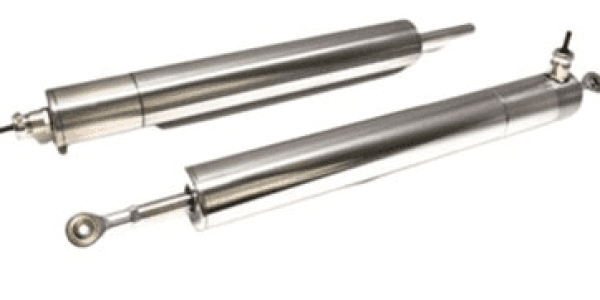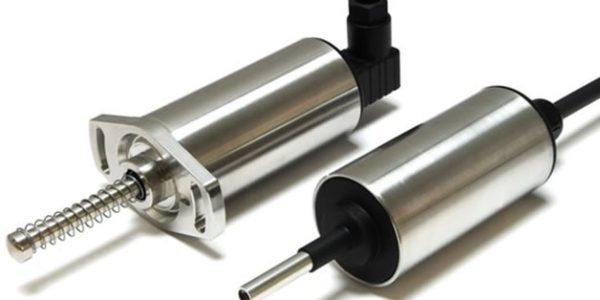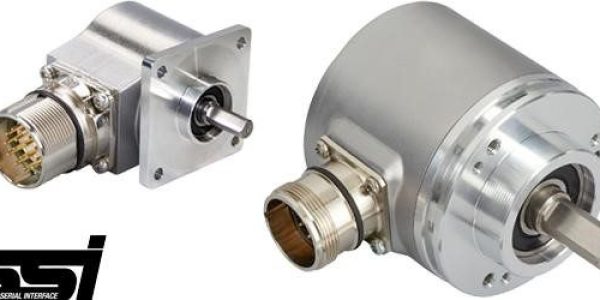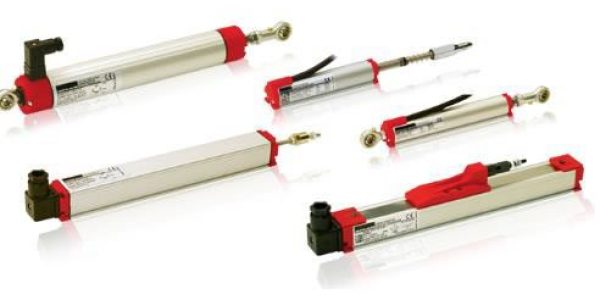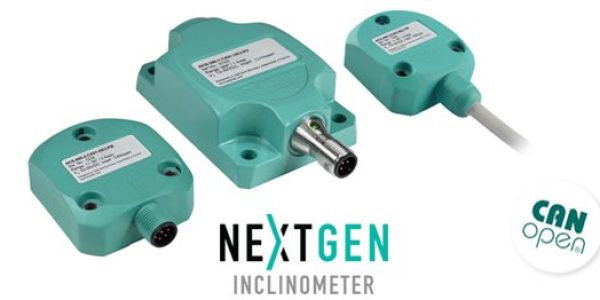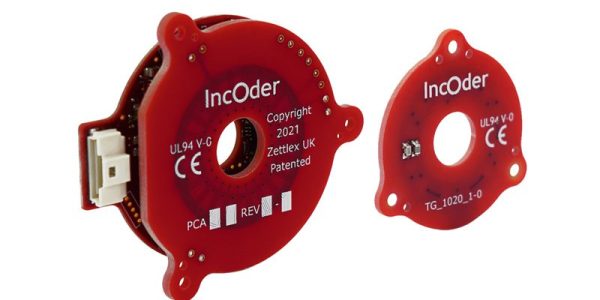Enhancing Steering Accuracy and Reliability
Automated floor scrubbing equipment has undergone significant advancements in recent years, driven by the need for greater efficiency and precision in cleaning operations. One of the critical components in these machines is the steering system, which demands high accuracy and reliability. While an initial prototype featured many cutting edge imaging and sensing devices, it relied on contact-based potentiometers to measure the steering angle. However, with the introduction of POSITAL UCD sensors not only did integration improve, but these systems have seen a marked improvement in performance. In this case study, we explore the benefits of using POSITAL UCD sensors, focusing on their role in calculating steering angles and replacing traditional potentiometers.
Introduction
A pivotal aspect of automated floor scrubbers is their ability to navigate accurately, which hinges on precise steering control. This ensures not only through cleaning, but proper collision avoidance with other objects and people. This specific cleaner was designed for the retail community, so extra caution would be necessary as general public would be in close proximity. As the cleaner could be operated by a on-board user or autonomously, it had to have a traditional steering column in addition to automated steering capabilities.
Challenges with Traditional Potentiometers
Contact-based potentiometers were conventionally used in floor scrubbers to measure the steering angle. While they provided a viable solution, they were not without drawbacks. The primary challenges included:
- Wear and Tear: Being mechanical devices, potentiometers were prone to wear and tear over time, leading to decreased accuracy and potential equipment failure.
- Limited Resolution: The resolution of traditional potentiometers was often insufficient for the high-precision requirements of automated systems.
- Integration Complexity: Integrating potentiometers into modern digital systems required additional components and configurations, complicating the overall design.
- Contact Multiturn: Multiturn capability is generally realized through the use of internal gearing, is neither cost effective, nor compact.
POSITAL UCD Sensors: A Superior Alternative
Recognizing the limitations of potentiometers, manufacturers turned to the POSITAL UCD sensors as a more reliable and efficient alternative. These sensors offer several advantages that make them ideal for use in automated floor scrubbing equipment.
Increased Reliability
POSITAL UCD sensors operate on non-contact magnetic measurement principles, eliminating the wear and tear associated with mechanical components. This non-contact operation significantly enhances the longevity and reliability of the sensors, ensuring consistent performance over extended periods. Absolute multiturn is realized through the use of an internal Weigand Sensor, which provides accurate multiturn counting without the use of any batteries or gearing.
Higher Resolution and Accuracy
One of the standout features of POSITAL UCD sensors is their high resolution and accuracy. With digital interfaces such as SSI (Synchronous Serial Interface) and CANopen, these sensors provide 16 bit measurement of the steering angle. This high resolution is crucial for the accurate navigation of floor scrubbing equipment, allowing for smooth and precise movements.
Ease of Integration
The digital nature of POSITAL UCD sensors simplifies their integration into modern automated systems. Interfaces like SSI and CANopen facilitate seamless communication between the sensor and the control system, reducing the need for additional components and streamlining the design process. This ease of integration translates to faster development times and reduced costs.
Conclusion
With roughly 10,000 of these cleaners deployed worldwide in grocery stores, airports and retail, the benefits of the POSITAL UCD encoder is realized every day. By replacing traditional contact-based potentiometers with these high-resolution, reliable sensors, manufacturers have achieved more accurate steering control, enhanced durability, and simplified integration. These benefits translate to improved performance, reduced maintenance costs, and greater overall efficiency in floor scrubbing operations.
As automated systems continue to evolve, the role of advanced sensors like the POSITAL UCD will become increasingly important. Their ability to provide precise measurements and integrate seamlessly with modern control systems will drive further innovations in the industry, setting new standards for performance and reliability.
